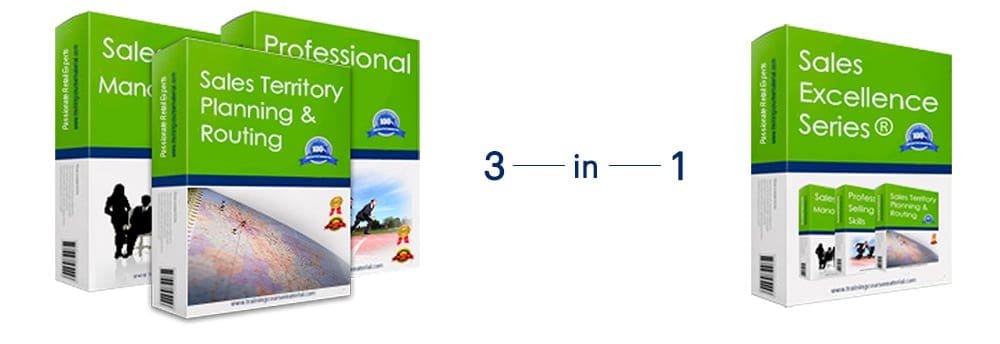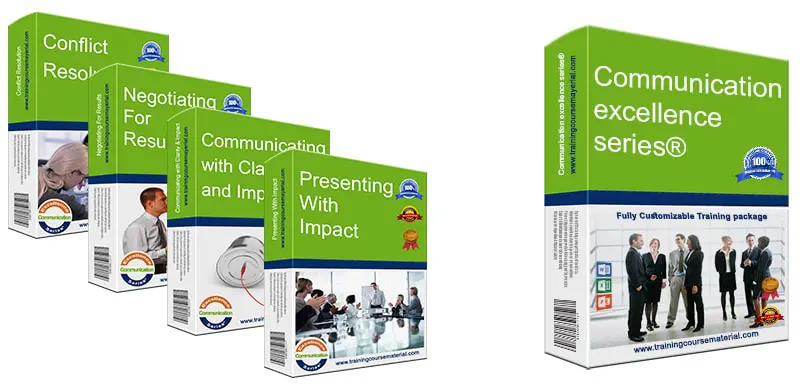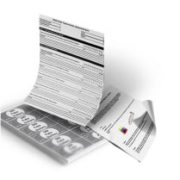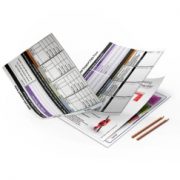How to Use a Flipchart for Training Purposes
How to Use a Flipchart for Training Purposes
- Free Trainer Tips
- /
- Last Updated: 02 April 2021
- /
- Hits: 6663

When it’s time to deliver face-to-face training, many trainers rely on slide decks as their main mode of delivery for the content they are offering. Slide decks require a means of display, such as a projector or television, and that’s not always available to trainers at specific locations. And even if they are available, they don’t always work. Trainers have gotten away from using flipchart paper as a way of teaching their classes, but they are slowing coming back in style. While slide decks offer an excellent opportunity to prepare content before your training sessions, they are not dynamic and require no input from your participants. If you are looking for a way to shake things up, or if you just want to learn how to use a flipchart as a way to cope with losing a projector during a training session, learning how to use a flipchart for training purposes properly is worth a few minutes of your time.
Use Short Sentences
Flipcharts are great for capturing ideas expressed during a discussion or activity. When you write short sentences or ideas, it is easy to read, and there is lots of room to contribute more thoughts and words to the flipchart paper. When you try to write complete sentences, it becomes hard to read, and people become overwhelmed with trying to make their sentences straight on the paper, which is often unlined. It can become time-consuming as well to take the time to write out entire sentences, and participants are often left waiting for trainers to finish writing sentences before moving on to the next thought, which stalls inspiration and motivation for your training classes. Stick to small, short bursts of words and ideas.
Use Different Colored Markers for Different Ideas
As a way of organizing your flipcharts, try using a variety of colored markers for different ideas, topics, and even persons contributing to the conversation. For example, if you want to debrief about a discussion after it has taken place, use your flipchart to write high-level concepts and summaries from each person using 2-3 words each. You can write each person’s summary in a different color to create a collaborative, but independent idea thought process. Participants will start to take ownership of the color they are assigned, and they might even remark on how it’s their favorite color. Avoid using just black whenever possible. Color brings words to life.
Limit One Theme Per Sheet
It’s easy to get off track when you are trying to record everyone’s ideas, but if you tear off some flipchart papers before you begin and hang them on the walls around your training room, you can label each one with a different theme or concept. This will allow you to organize your thoughts, and keep people on track with their thoughts and contributions as you go through your training. For example, you might break a communications training sessions into the following themes and label your flipchart papers accordingly: verbal communication, non-verbal communication, interpersonal communication, personal communication, professional communication, body language, etc.
So the next time you are heading out to a training session, consider how you might be able to incorporate a flipchart into your program to get participants more engaged and taking ownership of the materials you are offering.

34 Full Courses & 6 Mini Courses
Get all available programs
& save ...!!
Price: $4499.95 $2995.95
Great Value For Money
Read More
Are You a
Visual, Auditory or Kinaesthetic ?
How well do you
cope under
pressure?
.
Are You A
people person?
.
Forward looking, or
Stuck in a time
warp?
How content
are you?
.
How soft-centred
are you?
.
Find Out
Your Leadership
Style
How
Emotionally intelligent are You ?

|
+ | 
|
The Presenter-Trainer Package®
Train The Trainer
Presenting With Impact
Price: $359.95 $299.95
SAVE $59.95
Read More
Retail Excellence Series®
3 Complete Courseware
Packages in 1
Frontline Retail Selling Skills
Retail Sales Planning & Forecasting
Passionate Retail Experts
Price: $539.855 $349.95
Pay for 2 Get 1 Free
Read More
Sales excellence series®
3 Complete Courseware
Packages in 1
Sales Management
Professional Selling Skills
Sales Territory Planning & Routing
Price: $539.855 $349.95
Pay for 2 Get 1 Free
Read More
Call Center Excellence Series®
4 Complete Courseware
Packages in 1
Handling angry and difficult callers
Call control
Find a way to say YES!
Successful telephone debt collection
Price: $719.95 $449.95
Pay for 2 programs and Get 2 programs Free
Read More
Communication Excellence Series®
4 Complete Courseware
Packages in 1
Communicating with clarity and impact
Negotiating for results
Conflict resolution
Presenting With Impact
Price: $719.95 $449.95
Pay for 2 programs and Get 2 programs Free
Read More
Customer Service Excellence Series®
5 Complete Courseware
Packages in 1
Vision, Energy & Passion To Serve
Pathways to service excellence
Find a way to say YES!
Passionate Retail Experts
Setting others up for success
Price: $899.75 $599.95
Pay for 3 Get 2 Free
Read More
Instant Download
Training packages
Price: $199.95 $179.95
No matter who you are, we all have 168 hours each week. Your ability to best utilize those 168 hours will ultimately determine your success. Using self-discovery, hands-on activities and innovative concepts, throughout this high energy training program, participants will learn how to get better control of their time and their life in general.
Price: $199.95 $179.95
A highly engaging one-day training program packed with a plethora of fun activities and games focusing on the key characteristics of high performing teams.
Price: $199.95 $179.95
All you need
to deliver a great training!
Our training material packages come with all you need to provide
a professional and accelerated learning solution with

High Impact
Power Point Slide Deck
To support immersive learning, a high impact professionally designed power point slide deck to engage trainees at all levels.

Student
Workbook
A comprehensive reference workbook you can give out to your class participants as a quick future reference.

Trainer
Guide
With step-by-step clear directions with tips and suggestions on what to say and how to present each slide.

Activity
/Exercise Sheets
Various training material and support documents to help you both explain and debrief the different exercises, activities and games Plus a fun final Jeopardy style review game as a fun ending for your training program.

Additional
Support Documents
To ensure you have all you need to deliver a complete and professional training program, additional supporting documents are included with each full course material package. From training evaluation forms to 5 different certificate templates that you can edit and hand out to your participants at the end of your training.

Job Aids
& Forms
Specific forms designed to extend and reinforce the training that participants can utilize back on the job to help them apply the new learned concepts (Select training material packages)









































